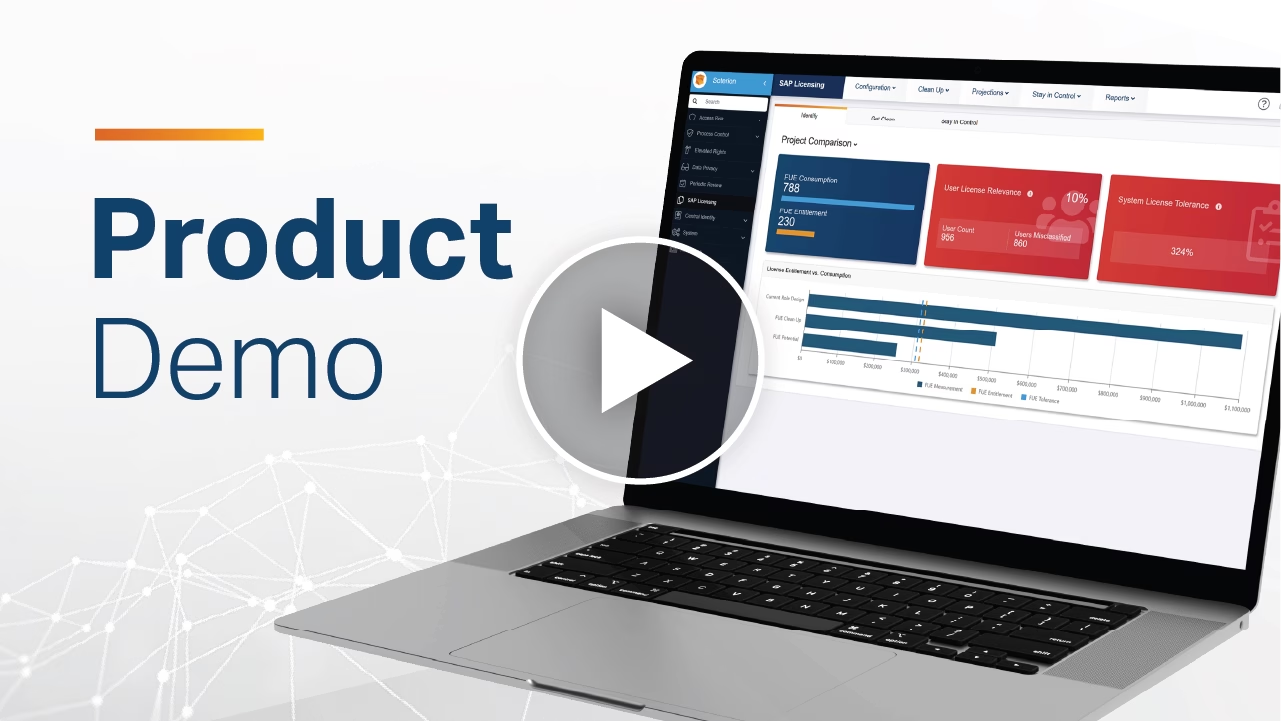Making the Business Case for SAP Cloud ERP Private (RISE): The Licensing Insights Every CIO Needs for Effective Decision Making
Over the next five years, one of the most pressing decisions many CIOs and IT leaders will face is whether to remain on-premise with SAP S/4HANA or to transition to SAP Cloud ERP Private Edition. The stakes are high—not only from a technology perspective but also from a financial one, as licensing and subscription models play a pivotal role in determining the long-term cost of ownership.
SAP’s Push Towards the Cloud
SAP has made its intentions clear: the future lies in the cloud. To encourage this transition, SAP is actively incentivising Cloud ERP adoption by offering subscription discounts and enhanced functionality, while at the same time disincentivising on-premise deployments by withholding discounts and limiting access to new solutions and features.
The message is simple—if your organisation runs SAP, you will almost certainly need to evaluate SAP Cloud ERP Private within the next five years.
The Licensing Challenge: Understanding FUEs
A critical element in developing the business case for SAP Cloud ERP Private is understanding how SAP user licensing is measured. Under the new STAR measurement process—used to determine Full User Equivalents (FUEs) in SAP Cloud ERP Private—license requirements are calculated by analysing the authorisation objects assigned to each SAP user, regardless of whether those authorisations are ever actually used.
This poses a significant challenge because most organisations’ role designs were not created with licensing in mind. The result? Inflated Full User Equivalent (FUE) counts that drastically overstate the number of licenses required. In turn, this makes the Cloud ERP Private proposition appear far more expensive than it should be—or leaves organisations paying unnecessarily high fees.
With SAP user licenses typically representing 40–60% of total SAP software costs, getting an accurate picture of your true FUE requirements is critical.
Supporting Informed Decision-Making
This is where Soterion’s SAP License Manager plays a vital role. By analysing actual user activity at the authorisation object level, it delivers a precise view of the true number of FUEs required.
- For ECC customers: it provides essential data to evaluate the business case for moving to SAP Cloud ERP Private.
- For S/4 on-premise customers: it helps assess whether a shift to the cloud makes financial sense.
- For existing Cloud ERP Private customers: it enables ongoing management of FUEs, ensuring accurate license consumption and stronger positioning during subscription renewals.
Beyond Measurement: Optimising User Roles
Soterion’s SAP License Manager goes further than just highlighting license requirements. Its role optimisation functionality identifies which users and roles need to be updated—and what specific changes should be made—to achieve the desired FUE levels. This ensures organisations not only know their true licensing position but also have a clear roadmap for optimisation.
Conclusion
For many CIOs, the decision between staying on-premise or moving to SAP Cloud ERP Private will be one of the most consequential they make in the next five years. Having accurate, usage-based insights into SAP licensing is not just a “nice-to-have”—it is a business-critical data point.
By leveraging Soterion’s SAP License Manager, organisations can approach this decision with confidence, backed by transparent, actionable data that ensures they are not overpaying for SAP licensing, but instead making the choice that best supports their financial and strategic objectives.
Find out More About Soterion’s SAP License Manager
👉 Learn more: Soterion’s SAP License Manager
👉 Email to book a demo: [email protected]
👉 Email for an SAP User Licensing Assessment: [email protected]
👉 Watch Soterion’s SAP License Manager product demo:
